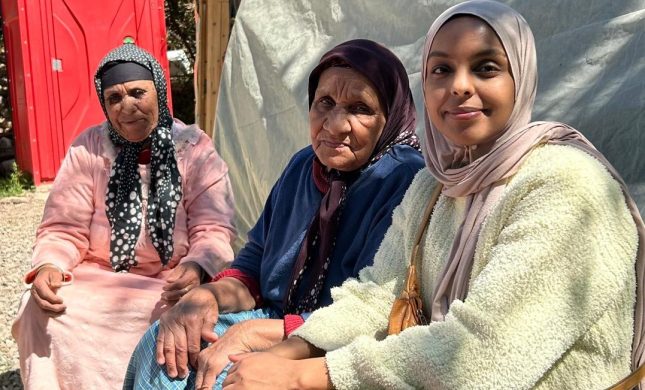Forskere fra London School og Economics i England og Swiss Federal Institute of Technology i Zürich har undersøgt værdien af afgrøder og evnen til at binde drivhusgassen CO2 i syv træplantningssystemer i Mozambique i det sydlige Afrika.
Når frugttræer er plantet tæt ved beboelse, skabes der mere plads til indkomstgivende afgrøder. Det er med til at skabe en god balance mellem at binde CO2 og samtidig skabe en ekstra indkomst for bønderne, der lever af jorden.
16. januar 2012 (SCIDEV): A form of small-holder agroforestry in which trees are planted around the home, maximising the land left available for cash crops, may prove the best balance between sequestering carbon and making money by farming other crops, a study has found.
There has been a proliferation of projects that encourage small-scale farmers to adopt tree planting as part of efforts to sequester carbon from the atmosphere to help mitigate climate change.
But there is a conflict of policy interests because trees can take up land used for growing cash crops, thereby reducing farmer’s profits.
In many cases there are no payments for planting trees and, even where there are, the money does not match the lost profits from crops.
Researchers from the London School of Economics (LSE), United Kingdom, and the Swiss Federal Institute of Technology (ETH) Zurich, assessed seven different tree-planting systems in the N’hambita Community Carbon Project, in rural Mozambique, for the value of crops and the amount of carbon sequestered.
These included planting trees in fruit orchards; in dedicated woodlots; within or around their agricultural fields; or around the house on land not previously used for agriculture.
The researchers found the optimum balance between carbon sequestration and raising farmers’ incomes to lie in ‘homestead planting’, where trees were planted around the house.
The density of trees was lower than in a woodlot, but still higher than in other systems, and suitable trees included mango and cashew, which had the potential to provide income though sales of fruit and timber.
Charles Palmer, lead author and a lecturer at the LSE, said farmers who grow both trees and cash crops earn two sources of income: carbon payments and the returns from cash crops.
“Based on prices received for VERs [Verified Emissions Reductions, or carbon offsets], the carbon payments are, relative to cash crop returns, small anyway, hence contributing less to incomes,” he said.
Eike Luedeling, a climate change scientist at the World Agroforestry Centre in Nairobi, Kenya, told SciDev.Net that, while including diverse agroforestry options in carbon sequestration activities may lower the carbon storage potential, it can make carbon sequestration attractive to farmers.
“The net carbon storage potential — a product of sequestration potential and number of farmers doing it — may thus well be higher for agroforestry options, because they are much more likely to be adopted.”
The researchers say that this is the first in-depth study of a land-use project in Africa that includes cash crops in the carbon sequestration strategy. They say few carbon sequestration projects are located in Africa, although the benefits from such projects could have relatively greater impact there than in other, richer developing regions.
The study was published in this month’s edition of Land Use Policy.
Kilde: www.scidev.net














